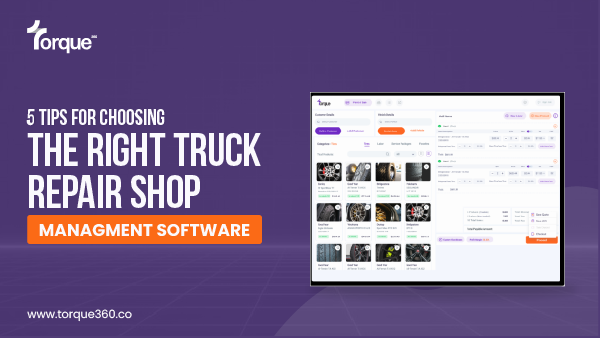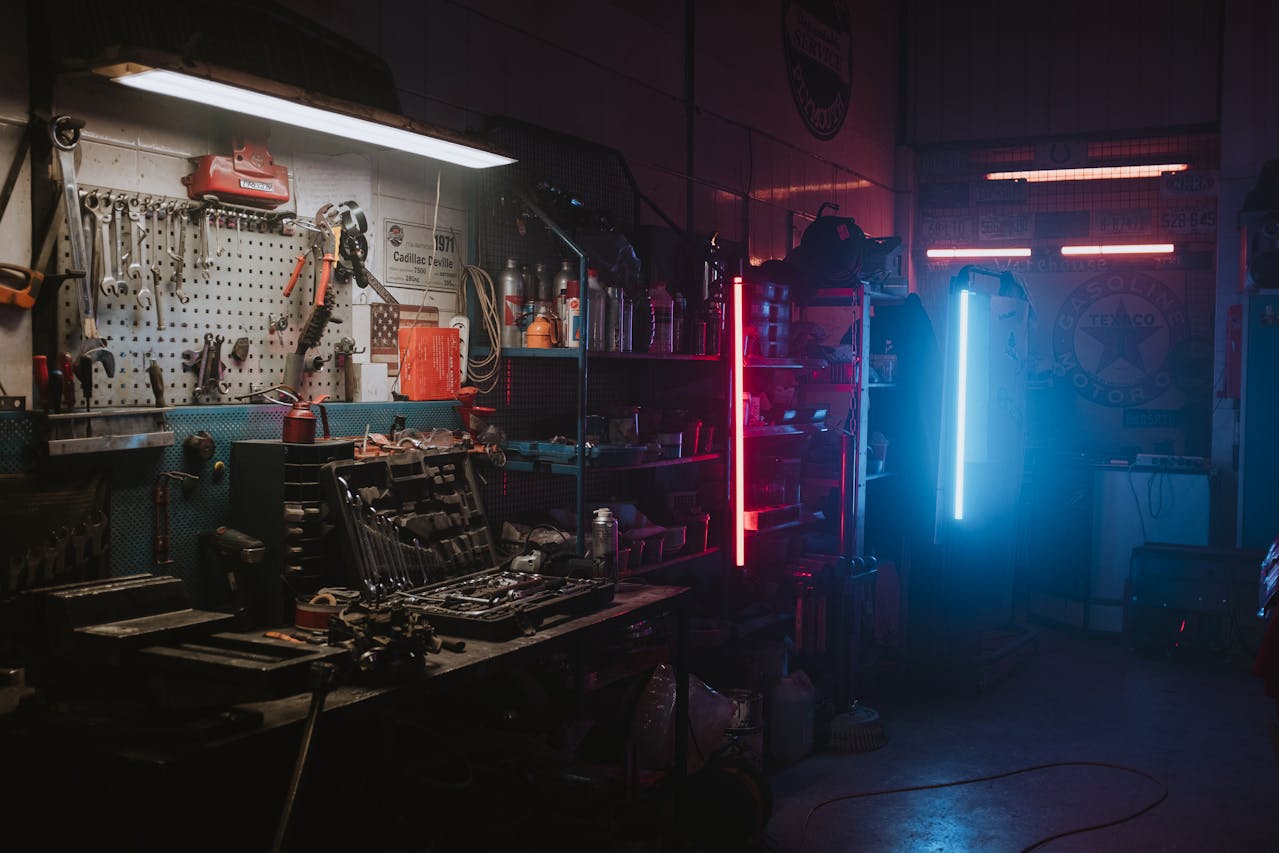In today’s digital age, auto repair software is revolutionizing how college students learn about cars. This technology makes learning easier, faster, and more practical. It bridges the gap between theory and real-world application, preparing students for a rapidly evolving automotive industry. Let’s dive into how these innovative tools are shaping the future of automotive education. For students juggling automotive studies with other coursework, the Academized essay writing service can be a valuable resource. This service offers expert help with academic papers, allowing students to balance their hands-on automotive training with the demands of written assignments.
- 1. Interactive Learning Platforms
Auto repair software offers interactive platforms that make learning engaging and effective. These tools provide:
- 3D models of car parts: Students can rotate, zoom, and explore components in detail.
- Step-by-step repair guides: Visual instructions make complex tasks easier to understand.
- Virtual practice sessions: Students can repeat tasks until they master them.
- Instant feedback on tasks: Software points out mistakes and offers corrections.
- Customizable learning paths: Courses adapt to each student’s pace and style.
- Quiz and assessment tools: Students test their knowledge in a low-pressure environment.
- Multilingual support: Non-native speakers can learn in their preferred language.
Gone are the days of flat diagrams and dry text. Students now see and interact with complex car systems, from fuel injection to hybrid powertrains. This hands-on approach boosts understanding and retention.
- 2. Real-time Diagnostic Tools
Modern auto repair software connects directly to cars, giving students real-world experience. This connection transforms learning from theoretical to practical.
Example: In a recent class at Midwest Auto Tech College, a student named Sarah plugged a diagnostic tool into a 2023 Ford F-150’s OBD-II port. The software instantly displayed engine codes, pinpointed a faulty oxygen sensor, and suggested a step-by-step replacement procedure. Sarah not only fixed the truck faster than traditional methods but also learned how sensor data affects engine performance. This real-time experience prepared her for the challenges she’ll face in her future career.
- 3. Mobile Learning and Accessibility
Auto repair apps bring learning to students’ smartphones, tablets, and laptops. They can study anywhere, anytime, making education fit their busy lives. Just as these apps provide flexibility in learning, the best essay writing services offer similar flexibility for academic work, helping students manage their time effectively.
- 3.1 On-the-go Learning
Students can watch repair videos or read guides during breaks, on the bus, or while waiting for classes. This flexibility increases study time without adding stress.
- 3.2 Collaborative Features
Apps let students share questions, solutions, and project updates with classmates and teachers. This digital collaboration mimics the teamwork essential in modern repair shops.
- 3.3 Offline Access
Many apps work without internet, perfect for learning in garages, during field trips, or in areas with poor connectivity. This ensures learning never stops.
- 3.4 Notifications and Reminders
Apps send timely alerts for assignments, exams, or new course materials. This keeps students on track and reduces the risk of missing important deadlines.
- 4. Data-Driven Insights
Auto repair software uses data analytics to improve learning. It tracks student progress, identifies strengths and weaknesses, and adjusts content accordingly.
| Traditional Learning | Software-Enhanced Learning |
|---|---|
| Generic textbooks | Personalized study plans based on individual performance |
| Delayed feedback from graded papers | Real-time performance tracking and instant corrections |
| Limited practice opportunities | Unlimited virtual scenarios covering rare and common issues |
| One-size-fits-all curriculum | Adaptive content that responds to individual learning styles |
| Periodic quizzes and exams | Continuous assessment through interactive tasks |
| Teacher-led pace | Student-controlled learning speed |
This data-driven approach helps teachers, too. They can see which topics cause most difficulty and adjust their lessons. For example, if many students struggle with electrical systems, more lab time can be dedicated to wiring and diagnostics.
- 5. Simulation of Complex Systems
Modern cars are rolling computers with complex electronics, advanced safety systems, and hybrid or electric powertrains. Auto repair software simulates these systems, allowing safe, cost-effective practice.
- Students can practice on virtual hybrid engines, learning to manage high-voltage components safely.
- They can test and troubleshoot electrical systems without the risk of shorts or shocks.
- Software simulates rare or dangerous faults like ABS failures or airbag misfires.
- Virtual reality (VR) programs let students “walk around” and interact with cars.
This simulation-based learning is crucial. Mistakes on real cars can be costly or dangerous. In virtual environments, students can experiment freely, deepening their understanding.
“Five years ago, our hybrid vehicle lab cost over $100,000. Now, with simulation software, every student has 24/7 access to a virtual lab on their laptop. They graduate with skills that used to take years in the field to develop,” says Professor Jane Lee, Automotive Technology Chair at City College.
- 6. Integration with Emerging Technologies
Auto repair software doesn’t stop at diagnostics and simulations. It now integrates with cutting-edge tech, preparing students for the connected cars of tomorrow.
Practical Example: Last semester at TechAuto University, students used augmented reality (AR) glasses linked to repair software. When they looked at a 2024 Tesla Model Y, the AR display showed part names, functions, and real-time sensor data. One student, Alex, was tasked with a coolant leak. The AR guided him to the leak, displayed a 3D schematic of the cooling system, and walked him through the repair. Alex finished in half the usual time, and the hands-on, tech-assisted experience made the lesson unforgettable.
- 7. Preparing for Industry 4.0
As cars become more connected, autonomous, and electric, auto repair software keeps students ahead of the curve. They learn skills that will be in high demand:
- 7.1 Over-the-air Updates
Software teaches students how to manage updates that fix issues or add features remotely. They learn to troubleshoot when updates go wrong, a common issue in modern cars.
- 7.2 Predictive Maintenance
Using data from car sensors and AI algorithms, students learn to predict when parts will fail before they do. This proactive approach saves time and money for repair shops and customers.
- 7.3 Cybersecurity
With cars increasingly connected to the internet, they’re vulnerable to hacking. Students use software to learn about firewalls, encryption, and secure communication protocols. Protecting cars from digital threats is now as important as fixing engines.
- 7.4 Electric Vehicle Servicing
Software offers specialized modules on EV battery management, regenerative braking, and charging systems. As more people buy electric, these skills are golden.
- Conclusion
Auto repair software is more than a learning tool; it’s a bridge to the future of automotive work. It makes complex concepts simple, turns theory into hands-on practice, and prepares students for a tech-driven industry. The benefits are clear:
- Faster learning through interactive, visual content.
- Real-world experience with diagnostic tools.
- Flexible, mobile-friendly study options.
- Personalized learning paths guided by data.
- Safe practice on simulated complex systems.
- Exposure to cutting-edge AR and VR tech.
- Preparation for connected, autonomous, and electric vehicles.
As cars evolve from mechanical machines to rolling computers, automotive education must keep pace. These innovative software tools do just that. They don’t replace traditional skills like understanding engine mechanics or wielding a wrench. Instead, they add layers of digital competency, data analysis, and tech-savvy problem-solving.
Today’s students aren’t just learning to fix cars; they’re mastering the skills to lead the automotive revolution. They’ll graduate ready for careers not just in repair shops, but in research labs, tech startups, and major automakers. Auto repair software isn’t just changing how they learn; it’s expanding what it means to be an automotive professional in the 21st century.



